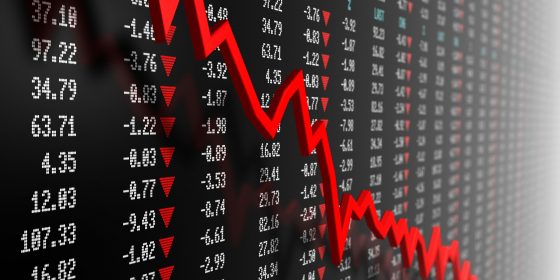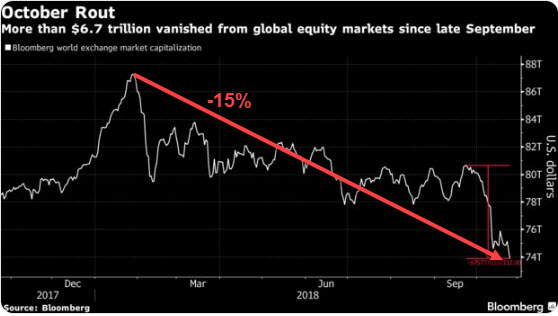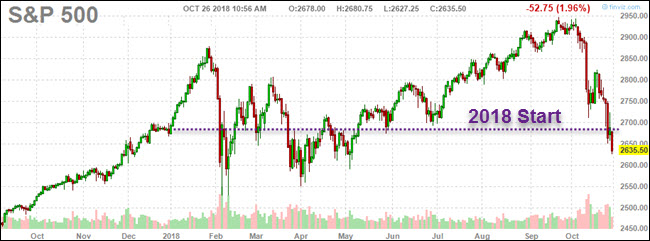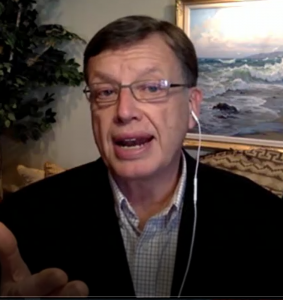For much of 2018, the prevailing market theme was the one Morgan Stanley dubbed “rolling bear markets” when any time a given asset was hit, whether emerging markets, Italian bonds, or tech stocks, money would simply rotate from one place to another. However, at the end of September, when rates spiked amid concerns the Fed was prepared to push rates beyond neutral, things changed overnight.
Fast forward to now when what appeared to be somewhat orderly sequential blow ups have mutated into wholesale market panics in which everything starts to go wrong at once, or as Bloomberg describes it “everywhere you look, something’s blowing up.”
In commodities, it’s the record plunge in oil. In equities, it’s six weeks of turbulence in the S&P 500. Debt markets have been rattled by the turmoil engulfing General Electric and PG&E. Bitcoin just plunged 13 percent. And Goldman Sachs, the storied investment bank, is having the worst week since 2016.
As Bloomberg correctly notes, by themselves these sudden asset air pockets would be enough to incite panic, “but have them erupt all around and even the most grizzled Wall Street types can start to sound paranoid. Does GE have something to do with Goldman? How does Bitcoin sway the stock market? Wildfires have nothing to do with crude’s convulsions, but both are bad news for banks.”
“The risk of contagion is understood. What’s not understood is where and how connected things are,” Stewart Capital Advisors’ Malcolm Polley said by phone. “Just about anything can create panic, create contagion, and it doesn’t have to be something that makes sense.”
That bad things should congregate isn’t surprising to Donald Selkin, chief market strategist at Newbridge Securities, who sees it as a consequence of having it so good for so long. He’s waking up every night to check the futures.
…click on the above link to read the rest of the article…

















